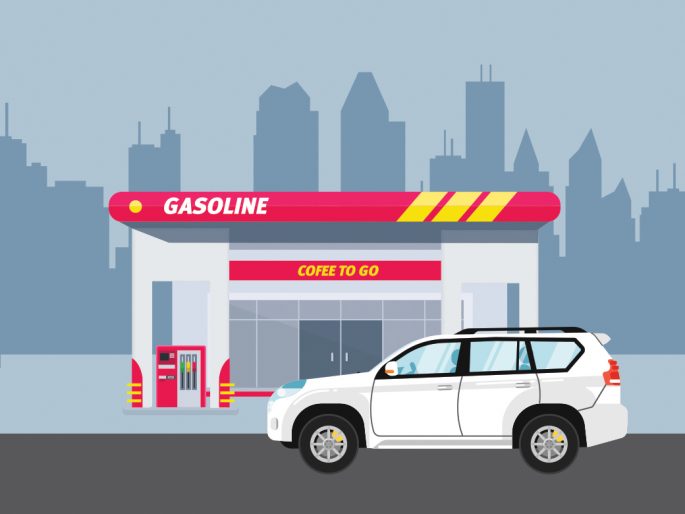Fuel and C-stores enjoy a symbiotic relationship: fuel purchases drive sales inside the C-store; C-store sales drive profits. Will this continue? A look at demographics and consumer preferences provides some insights.
WHERE Will Motorists Need to Fuel?
The U.S. Census Bureau reports that more people are migrating to metro areas, which offer the benefit of integrated public transit systems. In 1950, just 56% of the population lived in metro areas; 84% resided in metro areas in 2010. However, in most suburban and rural areas, public transit lacks accessibility and integration. Here an automobile is a necessity. It is likely to remain that way for some time.
WHO Will Be Driving & Shopping?
Fewer Millennials are driving compared to 20-somethings of the previous generation. In contrast, the number of drivers ages 50 to 60 increased about 250% from 1963 to 2010. In the short term, this older group offsets the decrease in younger drivers. Although fewer Millennials are driving, research shows they love shopping at C-stores. Further, consumers across numerous demographics are dining out more, which the C-store industry is already capitalizing on.
The Road Ahead
For C-stores to maintain their positive momentum, they must offer a relevant product selection for the needs of their local market and also keep pace with customer-preferred sales shopping experiences – such as a cashier-less “grab and go” transaction or a C-store pick-up window. This will be especially true for independent marketers who may lack support from a brand partner. Multi-site operations that currently leverage a singular brand experience may find that one concept no longer fits all markets.
For more information on this topic, watch Fuel Marketer News for Source’s next Fueled for Thought column.




